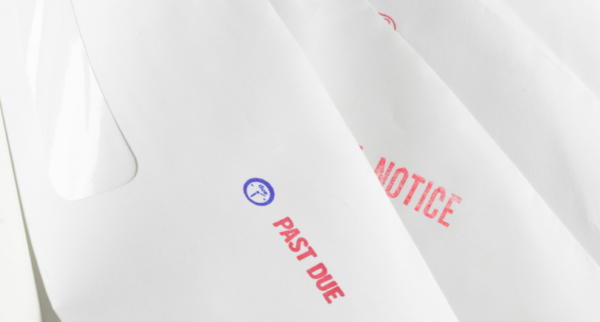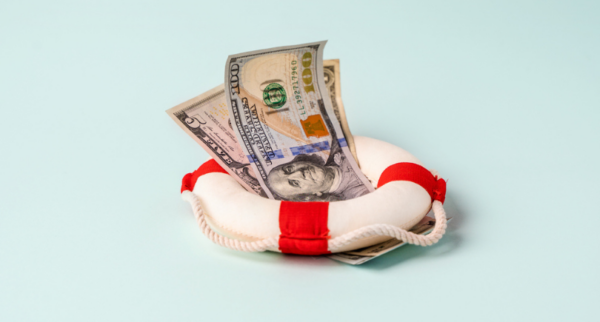Credit Card Payoff Calculator
A credit card payoff calculator can be a powerful tool in helping you take control of your credit card debt. Whether you’re looking to create a structured repayment plan or simply want to visualize your path to debt freedom, this calculator provides a clear and customized roadmap to achieve your financial goals.
Enter your credit card balance, interest rate and a monthly payment amount, then hit “calculate” to see how long it would take to pay off your balance if you made that same payment every month (assuming you stopped putting new charges on the card, of course). To understand how just a little extra each month can affect the time until payoff, increase the monthly payment slightly and re-calculate — the change may surprise you.
Frequently asked questions
How to use this credit card payoff calculator
The CardRatings.com credit card payoff calculator requires only three pieces of information:
- Current credit card balance
- Current interest rate
- Monthly payment amount
You can find the first two items on your credit card statement. For the payment amount, start by entering the minimum payment or your typical monthly payment. Click "calculate" and see how long it will take you to pay off your current balance, assuming you make no further purchases.
Then, decide how much extra you could put toward the payment each month and run the calculation again. Could you cut one streaming service payment? Carpool with a co-worker to save on gas? Pick up a side gig delivering meals a couple hours a week?
Here's an example: let's say you have a $10,000 balance on a card with a 19% interest rate and you are paying $200 per month. Assuming you don't charge a cent more, it will take you 100 months - more than 8 years! - to pay off the debt. But if you can increase your payments, you could see that time shrink considerably. Consider these payoff times for various payment levels:
- $225: 78 months
- $250: 64 months
- $275: 55 months
- $300: 48 months
By adding as little as $25 a month to your payment, you can cut your repayment time by two years. If you are willing to make the sacrifices needed to add $100 to your payment, then you could be debt-free in half the time.
Now, what if you can't afford to pay more? Another option would be to find a card with a lower APR. Even a small change in the interest rate can make a difference. Here's a look at payoff times if you are paying $200 a month on a $10,000 balance at a lower rate:
- 17.99%: 94 months
- 16.99%: 88 months
- 15.99%: 83 months
- 14.99%: 79 months
While the numbers don't drop as fast as what you see by increasing your monthly payment, you can still shave a year or two off your repayment time simply by dropping a few points on your APR. If you are able to move your balance to a card with a long 0% APR introductory period, you could see even more dramatic results.
Now that you know how the credit card debt payoff calculator works, try out a couple different scenarios to see how many months you can drop from the time needed to become debt-free.
Does credit card debt affect your credit score?
Yes, credit card debt affects your credit score. In fact, the amount of debt you carry is one of the largest factors in determining your credit score.
According to FICO, one of two major credit scoring companies, the amount you owe accounts for nearly a third of your score. It is second in importance only to payment history when it comes to determining a credit score.
Rather than the dollar amount you owe, creditors are typically more concerned with what is known as your credit utilization ratio. This is the amount you owe compared to the amount of credit you have available, and it is generally considered best to have a ratio that is lower than 30%. In other words, you don't want to carry a balance of more than $3,000 if your credit limit is $10,000.
The credit utilization ratio - or rate - doesn't apply to loans such as an auto loan or a mortgage. Instead, it is calculated on revolving debt accounts, such as credit cards or lines of credit.
How to pay off credit card debt
Many people feel overwhelmed by the prospect of trying to pay off their credit cards, particularly if they owe a large amount. Certainly, for most people, this is a case of slow and steady wins the race, and you shouldn't expect to become debt-free overnight.
Still, there are some ways to speed up the process. Try these tactics:
- Stop charging new purchases: It's hard to get out of debt if you keep adding to your balance. Put away your credit card and commit to not using it until you have paid off what you already owe.
- Consolidate to a lower interest rate: If you have a high interest credit card, your monthly payments may barely make a dent in your balance. If possible, move that balance to a low or no-interest credit card.
- Prioritize your payments: If you have a balance on multiple credit cards, focus all your extra money on one card first. Some people prefer to pay off the card with the smallest balance first while others choose the card with the highest interest rate. Either way, select one card and pay as much as you can each month toward the balance while sending in minimum payments on the rest. Once the first debt is paid off, roll that payment into your next priority account. This is what is known as a debt snowball.
- Look for sources of extra cash: The more you can pay each month, the faster you'll be out of debt. Consider what can be cut from your budget or how you can bring in extra income. If nothing else, you may be able to sell some items via a garage sale, eBay or Facebook Marketplace and use the proceeds to pay down your debt.
Interest charges add up every month so don't wait to get started. Use the credit card payoff calculator see how quickly you could get out of debt by making larger payments, and check out the best balance transfer credit cards to see if you can reduce your interest rate.
Cards by category from our partners
How we calculate savings: Our algorithm factors in the introductory balance transfer rate, length of the introductory period, balance transfer fee, ongoing interest rate, annual fee and data entered into the filter in order calculate savings and the time needed to pay off a balance. The algorithm is designed to yield reasonably accurate results.






